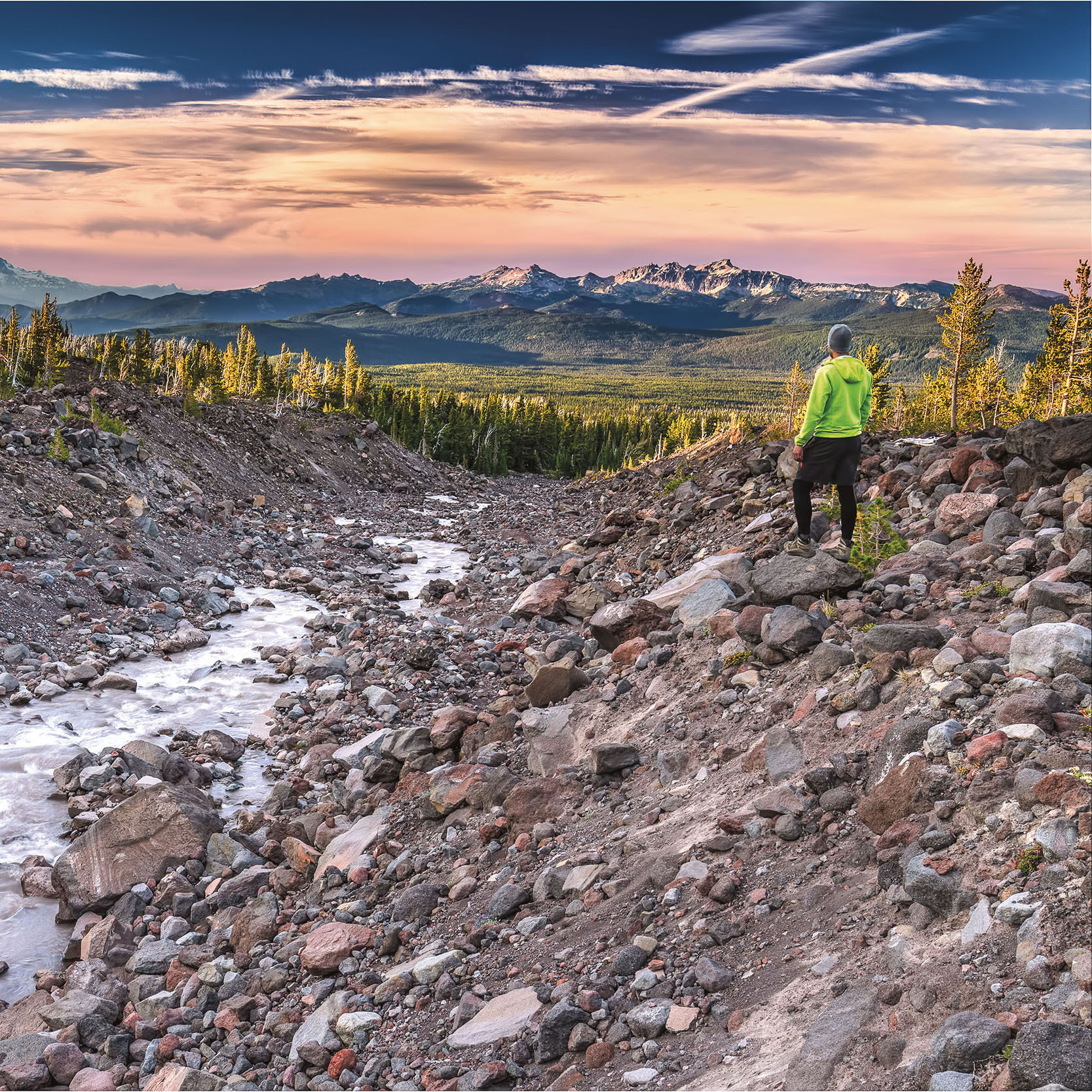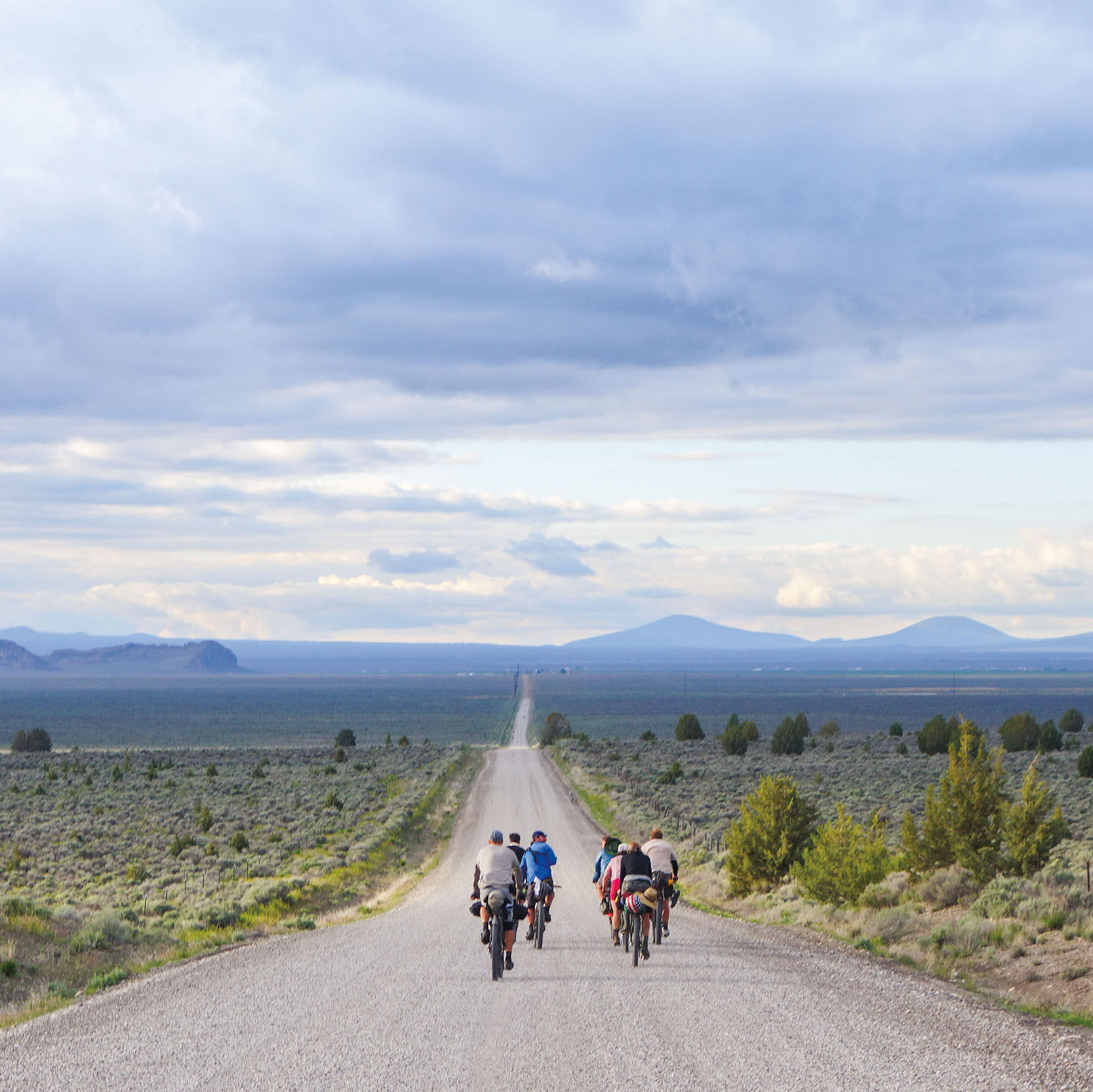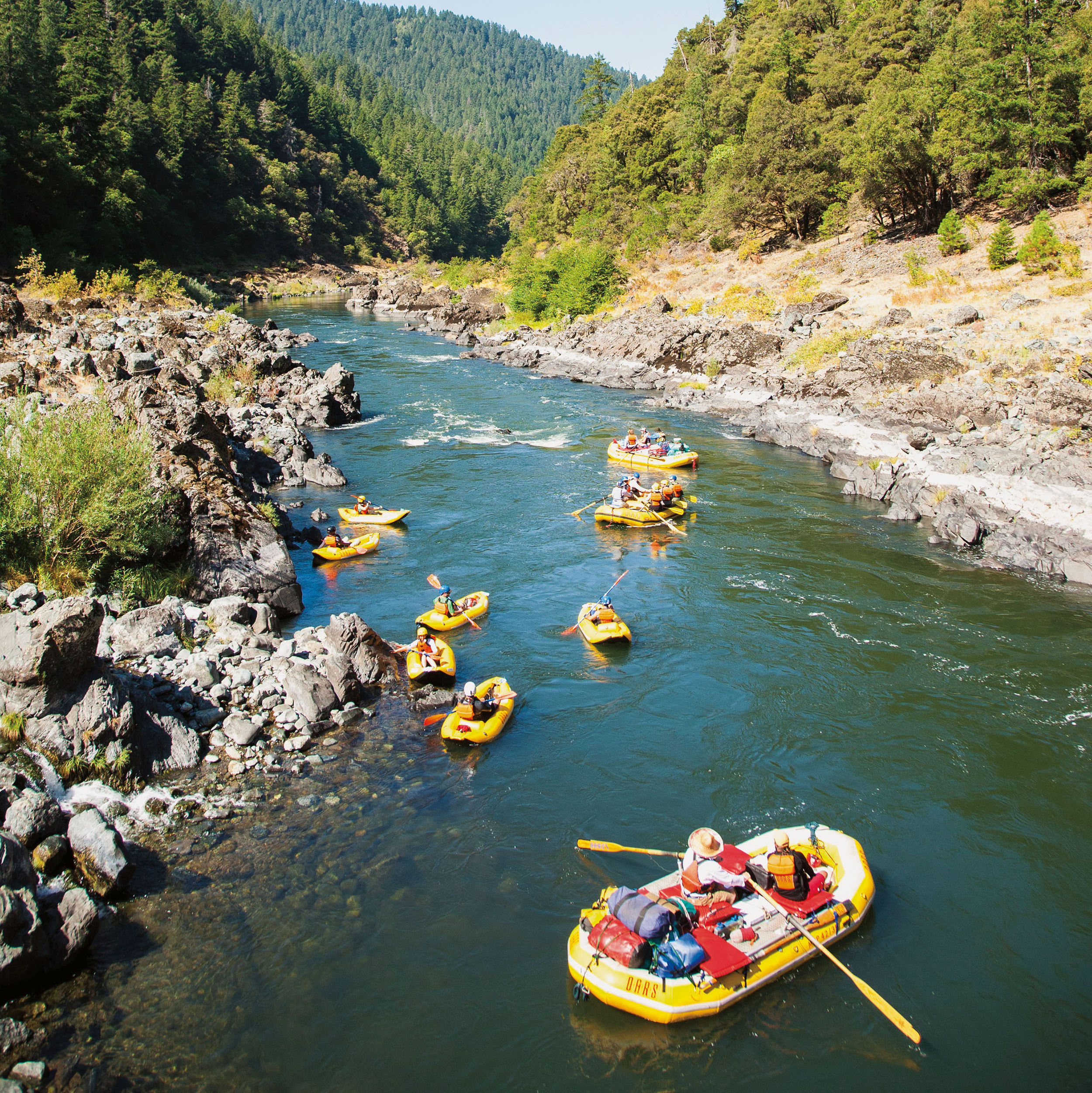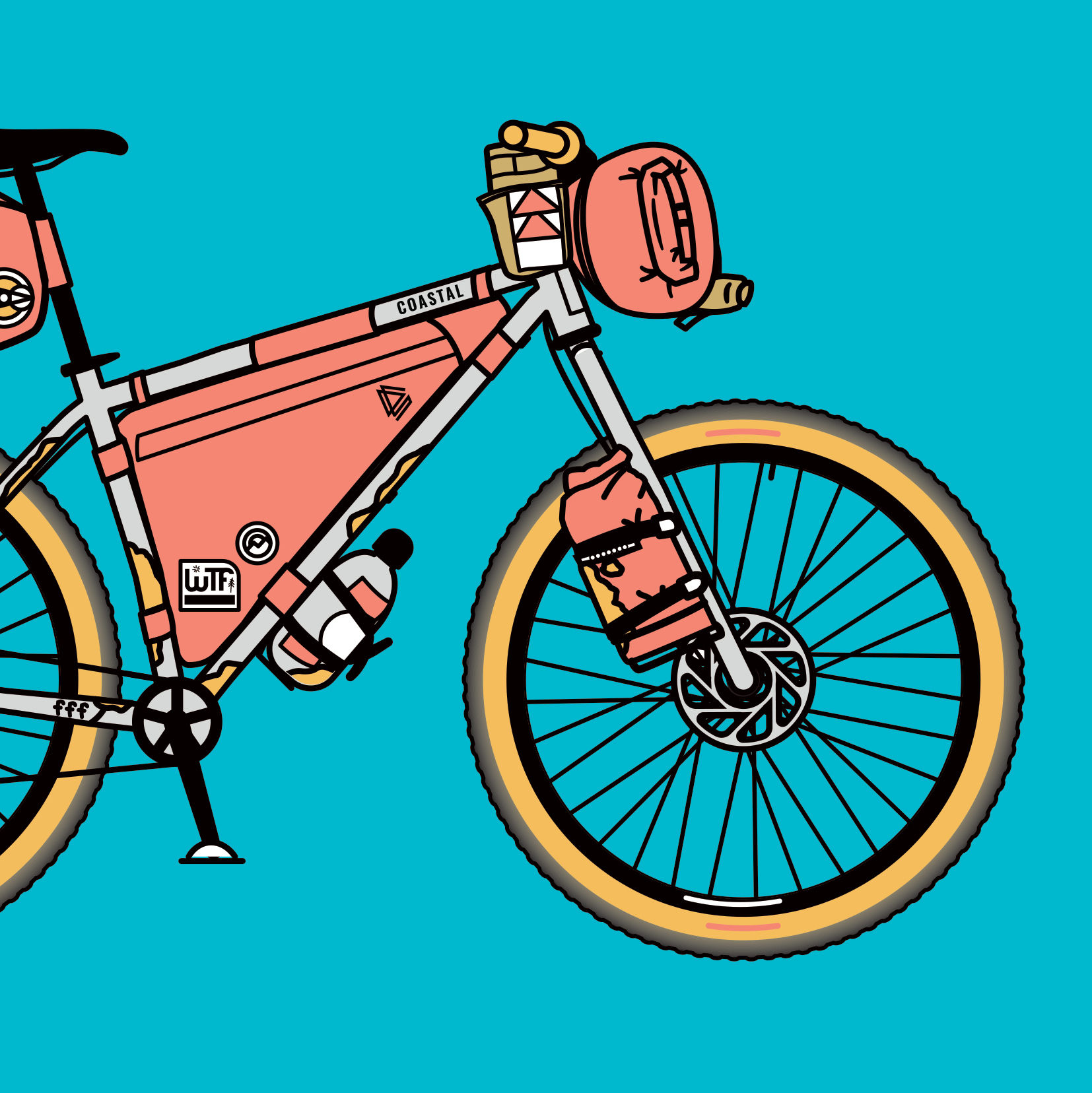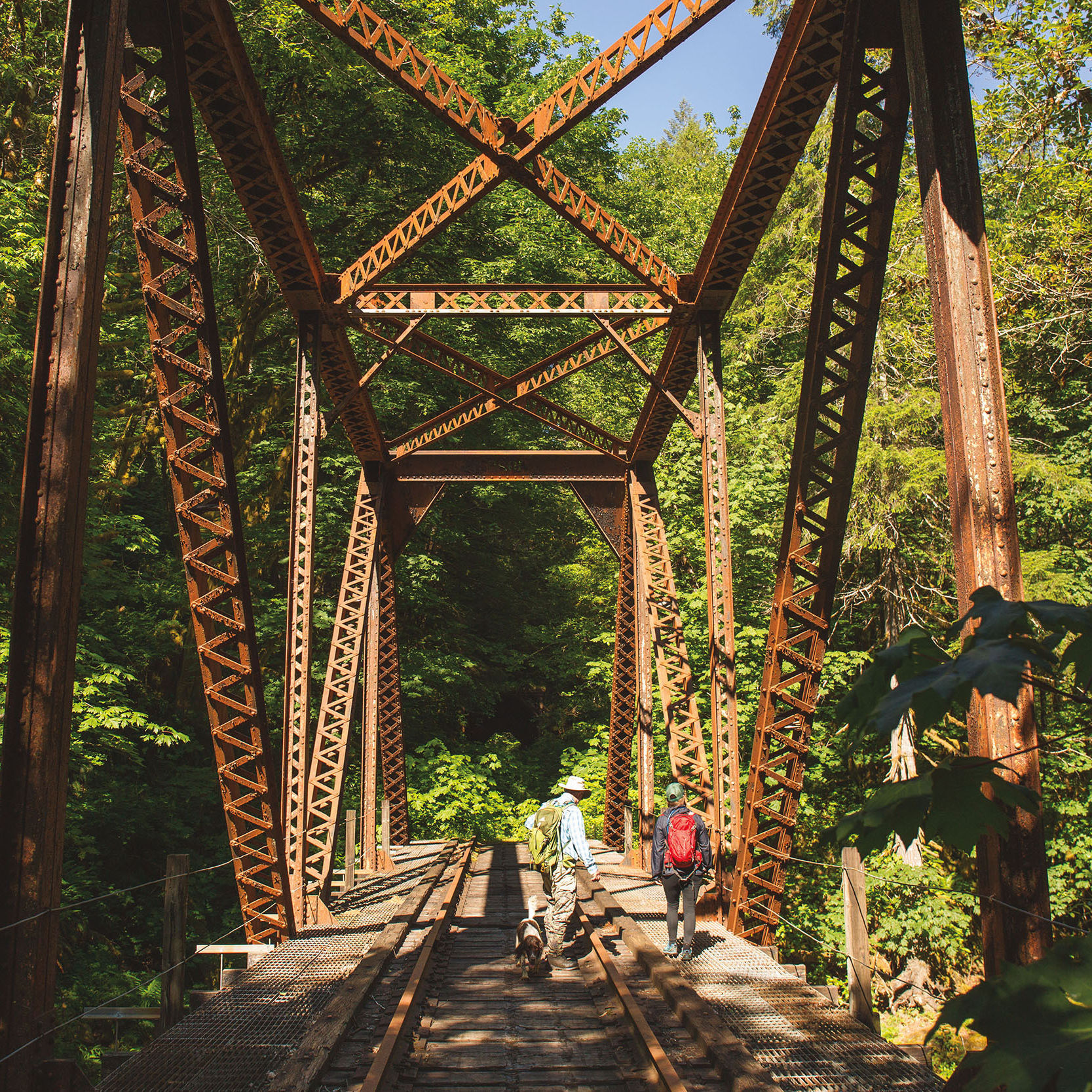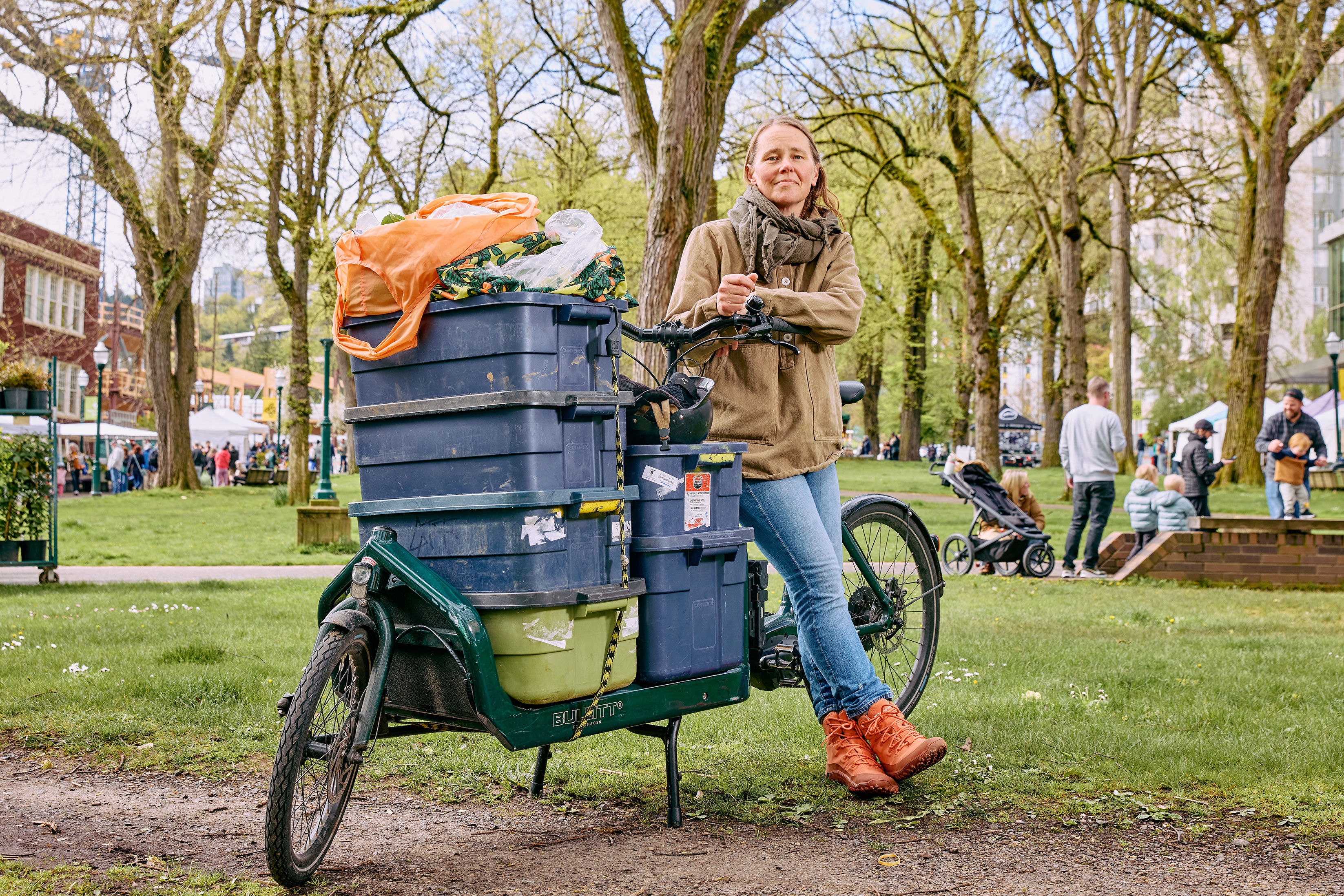How to Pack for Your First Two-Wheeled Adventure
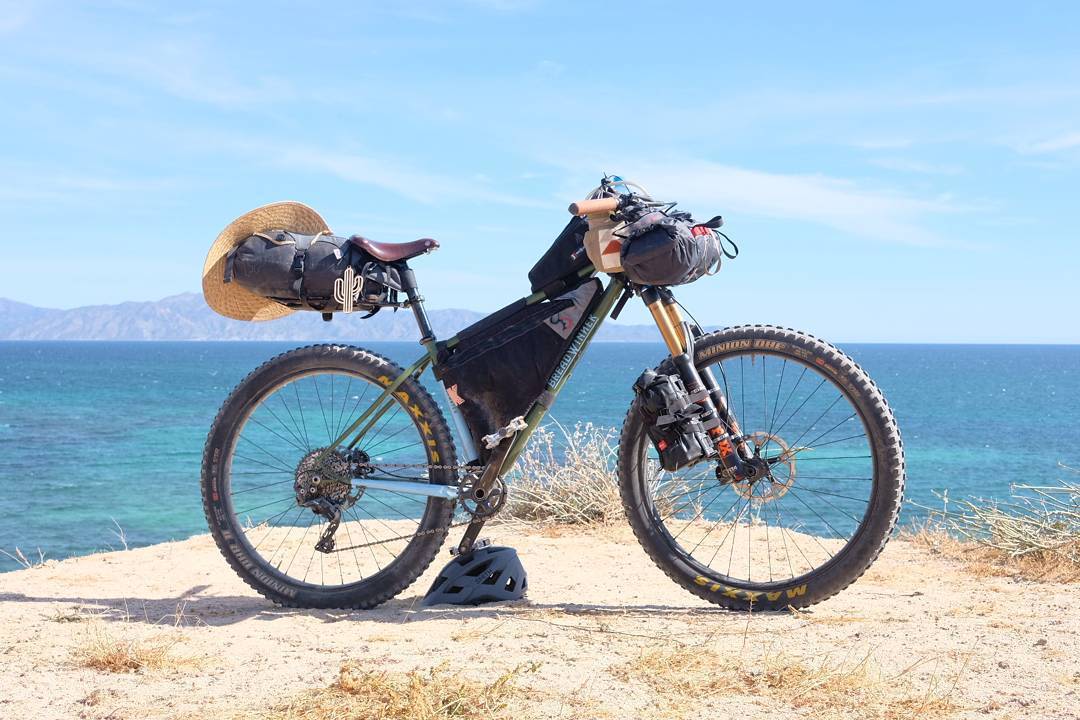
Jocelyn Gaudi Quarrell's bike, packed for adventure on the Baja peninsula
Bikepacking—the magical fusion of backpacking and bike touring—is booming. The chance to see the same, wild eye candy without carrying a heavy load on your back while covering vast distances has led to the growth of new trails and innovative gear on a national scale. And it might have you wondering: “Can I convert my regular old commuter into a pedal-powered adventuremobile?” Yes, you can! Just about any bike can become a backcountry explorer.
A few things to keep in mind: a steel frame is more durable than aluminum and tends to give a smoother ride. (Carbon is smooth, too, though much pricier.) To cushion your tush against bumpy terrain, opt for wider tires—two-inch tires with some tread are great all-rounders—and lower pressure. Finally, consider your gearing: a slick single-speed won’t feel so friendly when hammering up that mondo hill.
Just as there’s no one-size-fits-all bike, there’s no single best way to carry your gear. As the market for increasingly specialized bikepacking gear grows, we asked Jocelyn Gaudi Quarrell—seasoned local bikepacker and president of the Oregon Timber Trail Alliance, responsible for a 669-mile backcountry mountain bike trail spanning the entire state—to walk us through her trail-tested setup. [Full disclosure: She’s also married to this magazine’s IT director.]
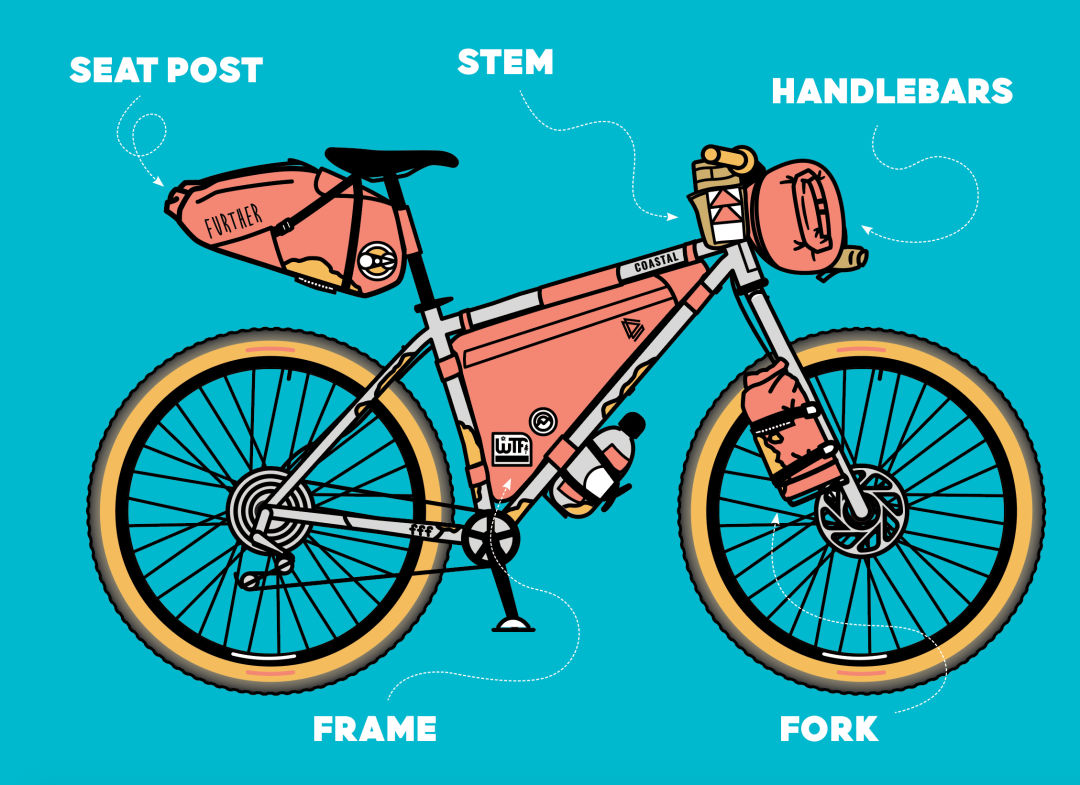
Seat Post
Seat packs attach to the seat post and jut out behind the saddle. Here’s where Quarrell stores her sleeping bag, much of her clothing, and any food she won’t need while riding, with her camp shoes strapped to the outside.
Stem
Stem bags fit into the crook between handlebars and stem. “Super handy,” Quarrell says, for stashing phone, water bottle, camera, lip balm, and pocketknife.
Handlebars
Quarrell uses a waterproof roll-type bag. “I try to avoid putting anything heavy on my handlebars, because it could affect control,” she says, also cautioning riders to make sure bag straps aren’t interfering with brake or shifting cables. “The tent works great in the handlebar bag because it’s the same shape. It just slips right in there.” Quarrell also tucks in her raincoat and puffy jacket for quick access, as well as her water filter and extra clothing.
Frame
“This is the most valuable space on the bicycle,” Quarrell says. In her full-frame pack, she carries a three-liter water bladder, running the hose out the front so she can sip while riding. “Water is the heaviest thing you’re going to carry around,” she says. “To have that right in the center of your bike won’t any affect your handling.” Items in the frame bag are easily accessible: that’s also where Quarrell keeps her first-aid kit, bike tools, electronic items, toiletries, and much of her food.
Fork
Quarrell has cargo cages mounted to each side of the fork to hold dry bags or extra water. “You can put some heavier stuff [here],” says Quarrell, who keeps her camp kitchen—stove, pot, fuel, and mug—on one side. She pads it out with food and socks. “I am a prolific sock packer,” she admits.

